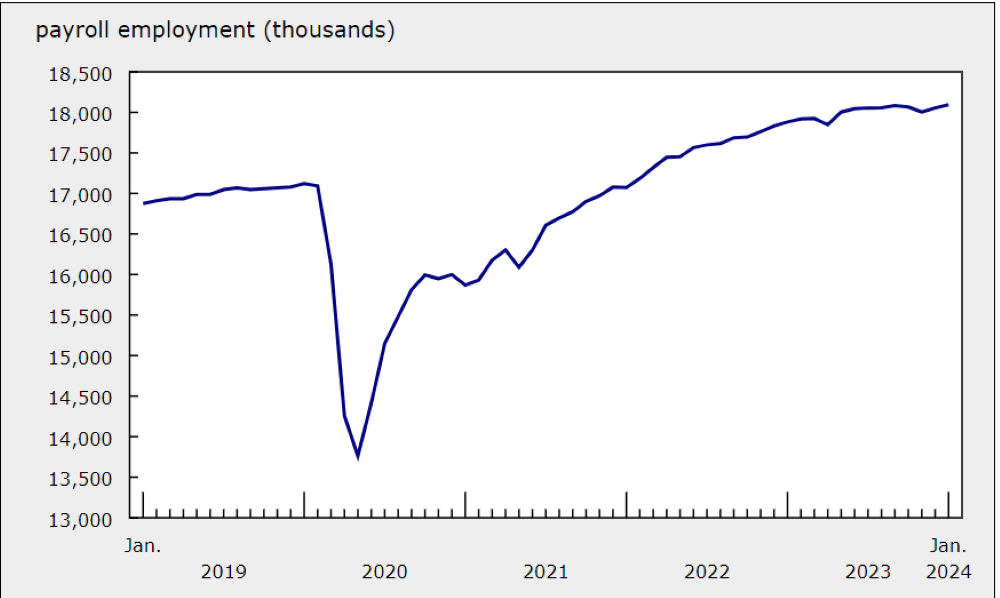
Which sectors are most in need of workers?

There are still hundreds of thousands of job vacancies waiting to be filled in Canada, according to a report from Statistics Canada (StatCan).
There were 632,100 payroll jobs across all sectors left unfilled in January, about the same number in December 2023, according to the report.
The job vacancy rate stood at 3.6% in the first month of this year.
Canada had job vacancies totalling 678,500 in the fourth quarter of 2023, down by 25,400 (-3.6%) from the previous quarter, according to a previous StatCan report.
Across sectors, health care and social assistance continues to have the biggest number of needed workers, with 133,100 job vacancies in January.
That far surpasses open jobs in the other sectors with significant need of more workers:
Meanwhile, across provinces, Ontario (214,000), Quebec (157,500) and British Columbia (109,000) continue to have the biggest numbers of job vacancies in the country, according to StatCan.
The full details of job vacancies across sectors and Canadian provinces and territories is available on the government’s website.
Meanwhile, the number of payroll employees in Canada increased by 39,800 (0.2%) in January, according to StatCan.
January is the ninth straight month that Canada added more than 18,000 to its total count of payroll employees.
On a year-over-year basis, payroll employment was up by 212,900 (1.2%) in January.

Source: Statistics Canada
Among sectors, retail trade (+9,625), manufacturing (+7,293), finance and insurance (+6,856) and information and cultural industries (+5,954) recorded the biggest gains in payroll employment from December 2023 to January 2024
Meanwhile, construction (-3,529), educational services (-2,382) and management of companies and enterprises (-1,763) recorded the biggest drops in payroll employee count.
The full details about the gains and losses in payroll employees among sectors is available on the StatCan website.
In January, Canada’s unemployment rate dipped for the first time since 2022, according to StatCan.
Meanwhile, on a month-over-month basis, average weekly earnings were up 0.7% to $1,228 in January, following a decline of 0.4% in December 2023.
On a year-over-year basis, average weekly earnings grew by 3.9% in January 2024, following a 3.9% increase in December 2023.
Among sectors, utilities had the biggest month-over-month percentage increase in average weekly earnings (+6.0%), jumping from $2,062.48 in December 2023 to $2,186.64 in January 2024 (+$124.16).
Among Canadian provinces, Prince Edward Island had the biggest month-over-month percentage increase in average weekly pay at 2.8%. The average weekly earnings in the province increased from $1,018.16 to $1,046.64 (+28.48) from December 2023 to January 2024.
The full average weekly earnings data for all sectors and Canadian provinces in January 2024 is available on the StatCan website.
About 19.5 million Canadians are facing financial vulnerability, according to a previous report from the Financial Resilience Institute.